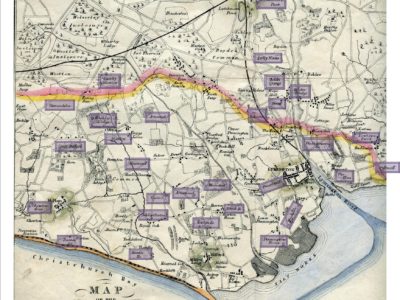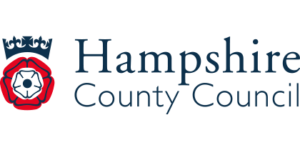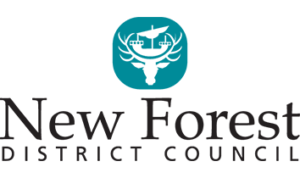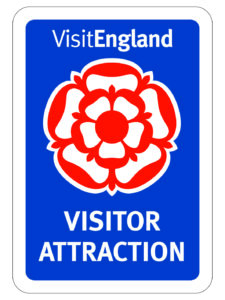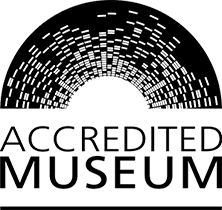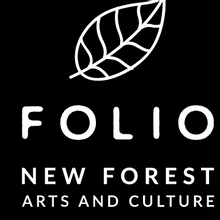The Morants of Brockenhurst had a long history in Jamaica dating back to about 1660. Nine generations of the family owned estates on the island producing sugar, tobacco and indigo. In the early 17th century, sugar was scarce and as plantations were established, they developed into thriving and profitable industries. At the time, slaves were seen as an essential feature of plantations. They worked under the tropical sun growing the cane, crushing it and making sugar for rum. John Morant, the son of the first Morant settler in Jamaica, married a wealthy descendant of the Governor of Barbados and it was their grandson Edward Morant, whose wife was also from a wealthy family which owned 25,000 acres in Jamaica, who purchased Brockenhurst House.

The income from their Jamaican estates was very substantial, averaging about £20,000 per annum through most of the 18th century. The Morant estates owned 438 slaves in 1817 and 700 by 1834. The abolition of the slave trade in 1807 and later the abolition of slavery itself caused the Morant’s income to halve.
The family could not pay the death duties on Edward’s death in 1910 and had to sell off its Ringwood estates and properties including 2,285 acres and 150 cottages along with pubs and shops in the centre of Ringwood. Despite this they were still struggling to make ends meet and in 1936 the Victorian extension was demolished, leaving only 14 bedrooms. Despite further sales of land, including the Brokenhurst golf course, and property such as the Red Lion at Boldre and three pubs in Brockenhurst, they sold the estate in 1959 and the house was demolished.



